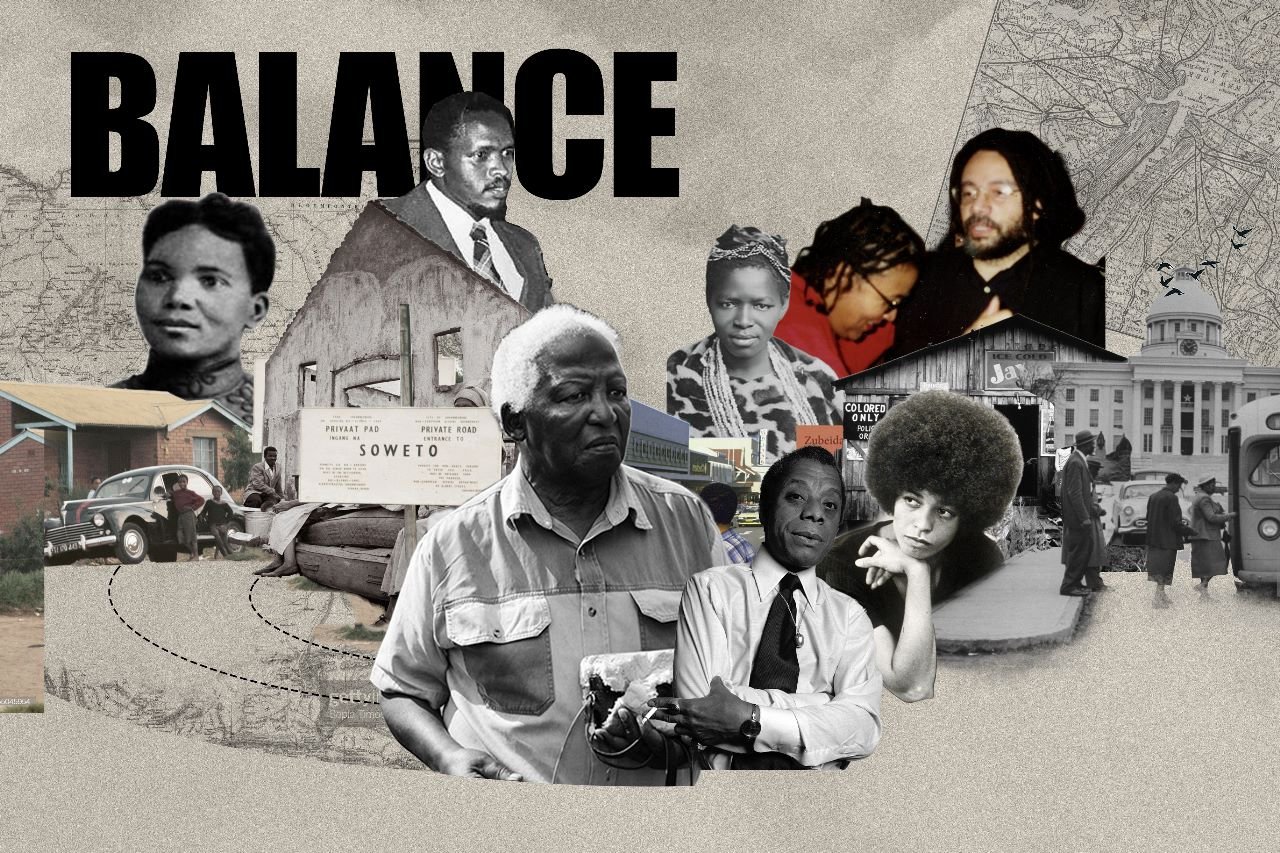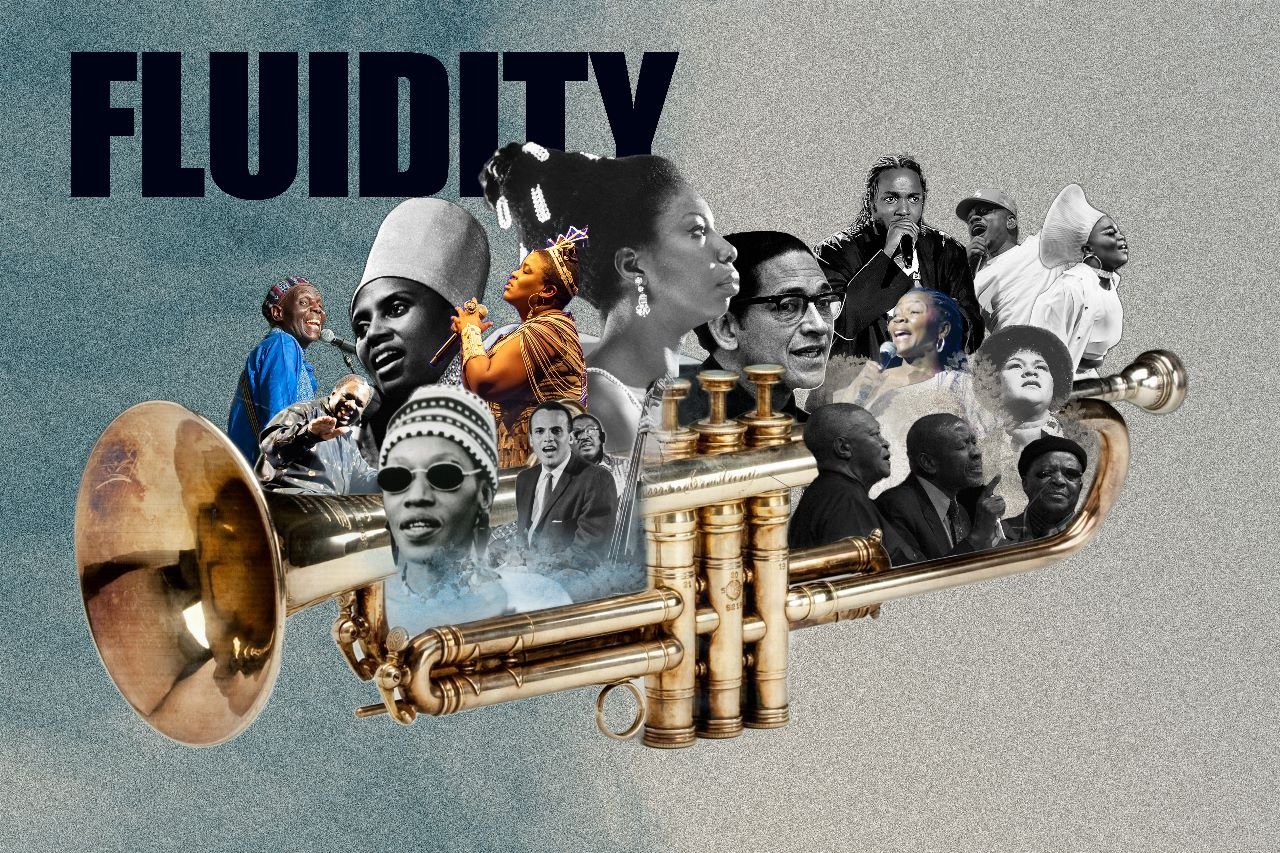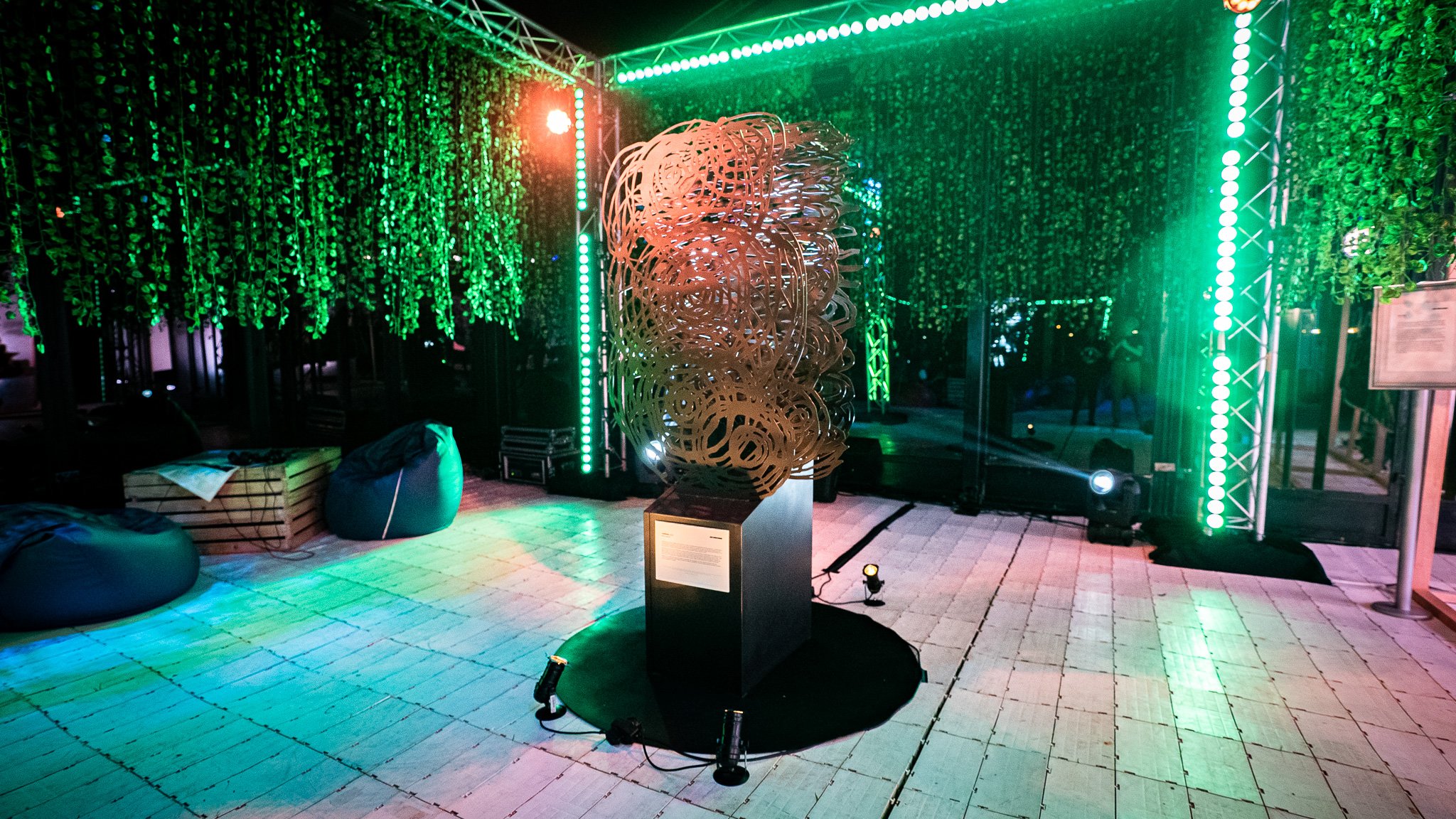An Exhibition
“An artist’s duty, as far as I’m concerned, is to reflect the times.”
Since the early 20th century, artists, leaders and activists from South Africa and the United States have forged transnational solidarity by engaging in political and cultural exchange. Evidence of these connections, as well as the tensions inherent to building connections across borders, can be found in the writings of Steve Biko, in the liberation theology of the African Methodist Episcopal (AME) church, and in the activism of individuals such as Charlotte Maxeke, Alfred Bathini Xuma, Marcus Garvey and Stokely Carmichael.
Launched at Homecoming, AFRE’s fifth anniversary celebration, the Lineage of Luminaries exhibition captured a snapshot of this legacy by highlighting the ways Black liberation movements of South Africa and the United States converged and diverged and invited viewers into a dialogue about the different modalities for dismantling anti-Black racism. It also placed AFRE’s work within this broader historical context by incorporating different artefacts from our journey to date.
Black people have long used it to express their humanity, assert their dignity and protest social issues. The AFRE community, with our many musicians, writers, visual artists and other narrative workers, carries forward this storied tradition of determination and resilience to dream, imagine and create in the midst of adversity.
The Lineage of Luminaries exhibition was divided into three sections – Balance, Fluidity, and Synergy – that represent three essential principles for building transnational solidarity.
The section on Balance told the stories of our political ancestors and their efforts to build networks to advance racial equity within their respective countries while also engaging internationally. These stories served as a reminder that AFRE’s work, while rooted in a different context, builds upon a larger legacy of exchange.
Fluidity was a call to joy and a reminder that music often provides a lifeline during troubling times. Artists in both South Africa and the US gravitated to genres such as jazz, with its improvisations and international reach. Our community engaged with the music and performances that transcended the Atlantic through shared ideals and collaboration.
Drawing a direct link between the struggles of the late nineteenth century to today, in Synergy we explored how the shared struggle to achieve racial equity in the face of systemic racism between our two countries represents a story of intersecting networks in motion.
The exhibition included Luminous, a sculpture symbolising water, its transformative properties, and the connections brought about by the Atlantic Ocean. The sculpture’s form began as ripples across the Ocean’s surface; their concentric circles intersect and continue on, culminating in a sea of clouds. Demonstrative of AFRE’s collaborative praxis and network of Fellows, each ripple developed its own impactful path and generates moments of intersection.
The Lineage of Luminaries also featured audio samples of recorded speeches, poetry and music, as well interactive spaces, to leave written and audio reflections, and to sit to explore some of the writings that have inspired AFRE’s people.









